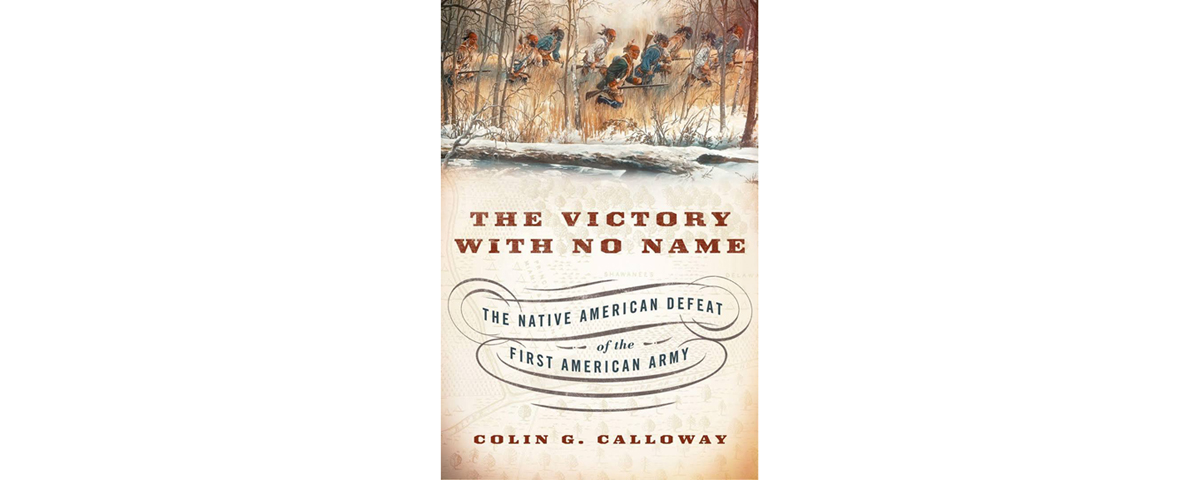The Victory With No Name: The Native American Defeat of the First American Army, by Colin G. Calloway, Oxford University Press, New York, 2016 (reprint edition), $24.95
Custer’s Last Stand? Hardly. As disasters at the hands of American Indians go, the death of 268 7th U.S. Cavalry troopers on the Greasy Grass is small potatoes compared to the 632 soldiers killed or captured on Nov. 4, 1791, when the frontier ran through what would become Ohio and the entire U.S. Army had an authorized strength of 1,283, supplemented by some 1,500 militia. But this debacle has gotten relatively short shrift. Fought near the headwaters of the Wabash River, the battle didn’t even get a name, save for “St. Clair’s Defeat,” to the eternal condemnation of its unfortunate losing commander, Maj. Gen. Arthur St. Clair.
Colin Calloway, professor of history and Native American studies at Dartmouth College, has done his homework to set the record straight in The Victory With No Name. In setting the stage, he re-creates two confederations, each a work in progress, as the states band together under their nascent Constitution to begin the westward expansion, while the tribes that stand in their way seek to unite against them.
When war breaks out, it becomes clear the Indians have the tactical edge. Calloway’s account of the savage fight that follows is lurid but evenhanded, particularly in its depiction of the courage and fear that emerged amid the collapse of an army. He then follows up by tracing the battle’s effects on both the U.S. government and what proved a fragile Indian confederation. While rifts developed among the tribes soon after their victory, George Washington’s presidency had weathered a major crisis, from which the standing Army, previously viewed with suspicion by Congress, emerged in radically reorganized form as the U.S. Legion under a not-so-mad Maj. Gen. Anthony Wayne.
We all know how the story ultimately ends, but the author calls Little Turtle and Blue Jacket’s joint victory in 1791 an anomaly, not so much for its rarity among the Indian wars, “but because over time the vast majority of American Indians who have fought in America’s wars have done so as part of the U.S. Army, not against it.”
—Jon Guttman





